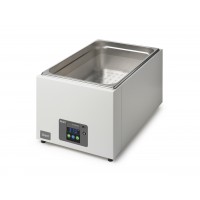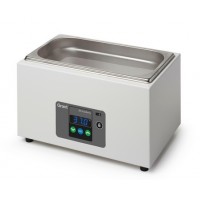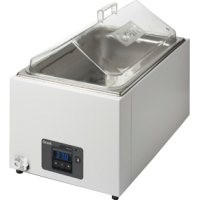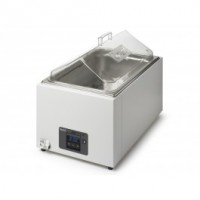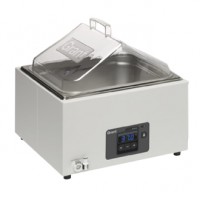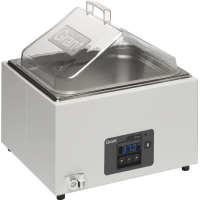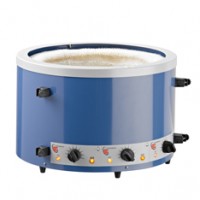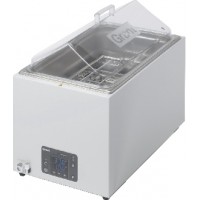Cooling & Heating
Perhaps the most common types of electrical equipment found in a laboratory are the devices used to supply the heat needed to affect a reaction or separation. These include ovens, hot plates, heating mantles, water baths, oil baths, tubular furnaces. The use of steam-heated devices rather than electrically heated devices is generally preferred whenever temperatures of 100 °C or less are required. Because they do not present shock or spark risks, they can be left unattended with assurance that their temperature will never exceed 100 °C. Laboratory heating and cooling equipment is used to sterilize instruments or provide a controlled environment for temperature-sensitive materials.
PRINCIPLES OF HEAT TRANSFER
Conduction:
Conduction is heat transfer by means of molecular agitation within a material without any motion of the material as a whole.
Convection:
Convection is heat transfer by mass motion of a fluid such as air or water when the heated fluid is caused to move away from the source of heat, carrying energy with it.
Radiation:
Heat transfer due to emission of electromagnetic waves is known as thermal radiation.

